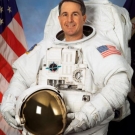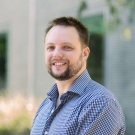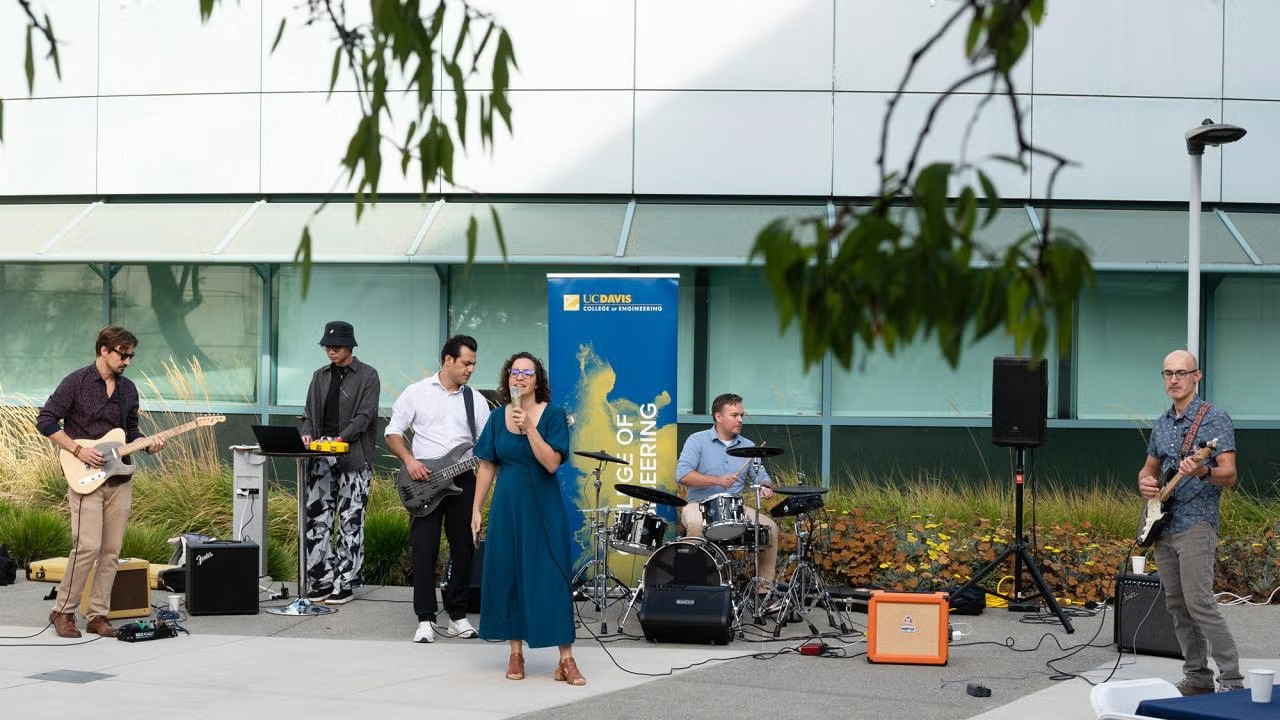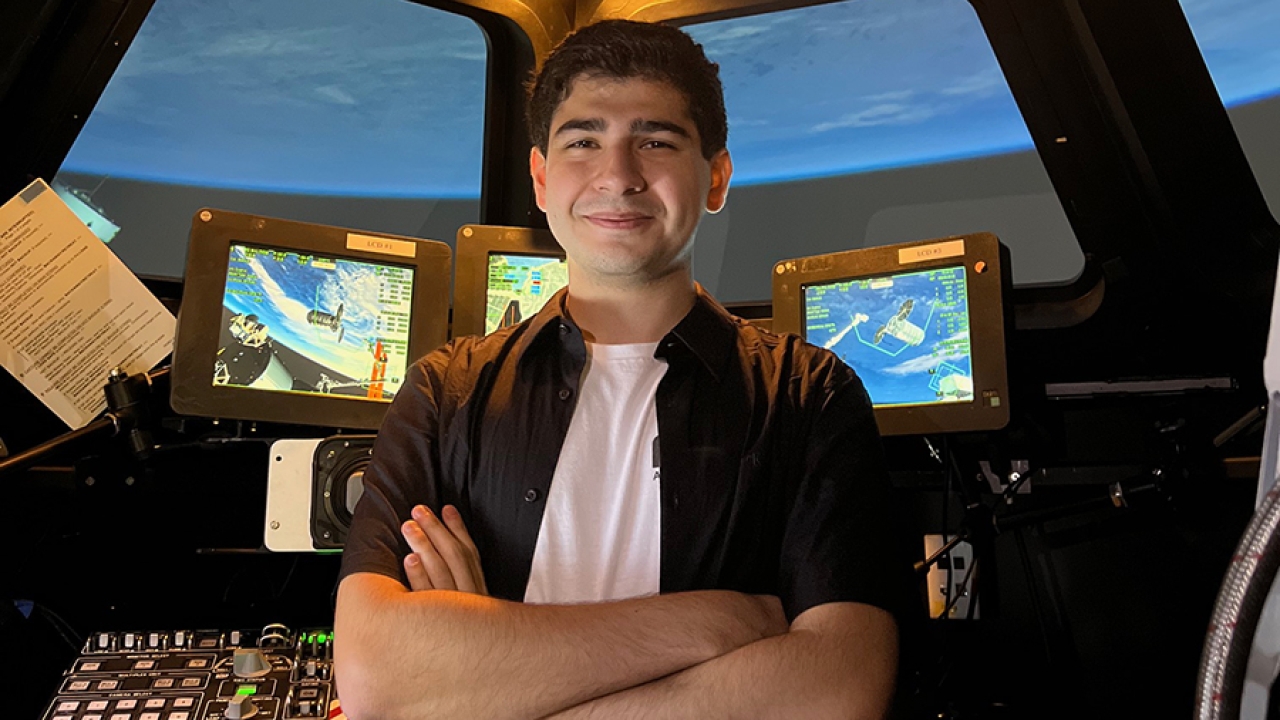Next Stop, Orbit: Toby Li’s Road to the Final Frontier

Sparks flew for Toby Li when he first watched a SpaceX YouTube video unveiling its rocket Starship in 2017. For Li, then a high school student, the fully reusable rocket designed for commercial travel to Mars was exhilarating.
“That video talked about SpaceX’s plans to go to Mars using Starship, so that was really inspirational. There is incredible progress that this is all happening in the near term of our lifetimes,” Li said.
Since then, the fourth-year aerospace science and engineering undergraduate at the University of California, Davis, has done everything in his power to learn about space travel. From research in spaceflight labs to interviews and conferences with industry leaders as a freelance reporter to hands-on experience with suborbital spaceflight simulations wearing a Final Frontier’s IVA space suit and being certified to navigate in the air and underwater, Li’s vast experience demonstrates his determination to become an astronaut and advance human spaceflight to one day become an accessible mode of transportation into the stars for all.
But before everyone can become an astronaut, Li must take that first step.
“Every kind of choice that I make regarding extracurriculars and academics leads to the end goal of becoming an astronaut,” said Li. “Every decision I make is like, ‘Okay, how does this fit into that end goal?’”
Explaining Literal Rocket Science
Li started his path into spaceflight by becoming a freelance spaceflight journalist. Since 2019, Li has managed an X account, formerly known as Twitter, where he taught himself how to translate complex human spaceflight news into words and content that the everyday person can understand.
With no professional reporting experience, Li’s page amassed over 16 million views online over the years. His popularity online landed him interviews and invitations with space industry powerhouses. He explained the significance of the Polaris Dawn spaceflight mission to BBC and answered questions for N1 News about NASA’s Perseverance Rover. SpaceX and Axiom Space invited Li to company events where he stood next to the same Starship rocket that inspired his journey towards spaceflight learning.
“The account was really a great stepping stone towards developing a greater knowledge of spaceflight, but coming here to UC Davis for aerospace engineering enhanced my love for space in a more technical manner,” said Li.
To Research and Beyond
Originally from Vancouver, Canada, Li faces unique challenges as an international student studying aerospace science and engineering at UC Davis. He is limited in the types of internships or jobs he can participate in, specifically around rockets and launch vehicles. It is one of the reasons why research has been an especially valuable resource to Li for gaining hands-on experience.
“For me, coming from an international background, the only way to get more exposed in the space flight realm, aside from interning or working, is through research,” said Li.
At the UC Davis Center for Space Exploration Research, Li has found a research hub for all things space. Under its umbrella, Li has supported research for the Human/Robotics/Vehicle Integration and Performance Lab, or HRVIP Lab, and the Bioastronautics and eXploration Systems Lab or BXS Lab. He has also conducted rocket research with the student-run Aggie Propulsion Lab.

In the HRVIP Lab, Li worked with Professor of Mechanical and Aerospace Engineering Stephen Robinson, a former NASA astronaut and the director of the UC Davis Center for Space Exploration Research, to help construct a deep-space habitat mock-up, scaled to the diameter of the an International Space Station module for the Habitats Optimized for Missions of Exploration Space Technology Research Institute, or HOME STRI. This project, which involved collaboration with seven universities across the country, focused on the study of autonomous deep-space habitats.
Working in the Aggie Propulsion Lab, Li helped build and hot fired the first liquid propellant rocket engine at UC Davis by leading the development of manufacturing programs using Autodesk Fusion 360 for the team's rocket engine components.
With Assistant Professor of Mechanical and Aerospace Engineering Rich Whittle, Li conducted research on a space ambulance program based on the Boeing X-37B. He extracted data from space shuttle reentry simulations to calculate g-force magnitudes induced on astronauts; he then helped develop a 3D body scanner rig to support wearable technology for spaceflight application.
Mentorships within research labs have provided opportunities to contribute to spaceflight research despite his Canadian citizenship. This led him to work with the International Institute for Astronautical Sciences, researching the upper atmosphere clouds’ effect on orbital rockets’ atmospheric reentry, g-force experience through aerobatic flights, and dexterity tests of fingers and torso while in a pressurized spacesuit. This program works specifically with students like Li who originate from different countries since the International Institute for Astronautical Sciences prioritizes inclusion and space learning for students of all nations.
“These opportunities shaped my academic career. I never would have thought bioastronautics would be a big interest of mine before coming here,” said Li. “With the UC Davis Center for Space Exploration Research, my interests have grown a lot.”
We Have Liftoff
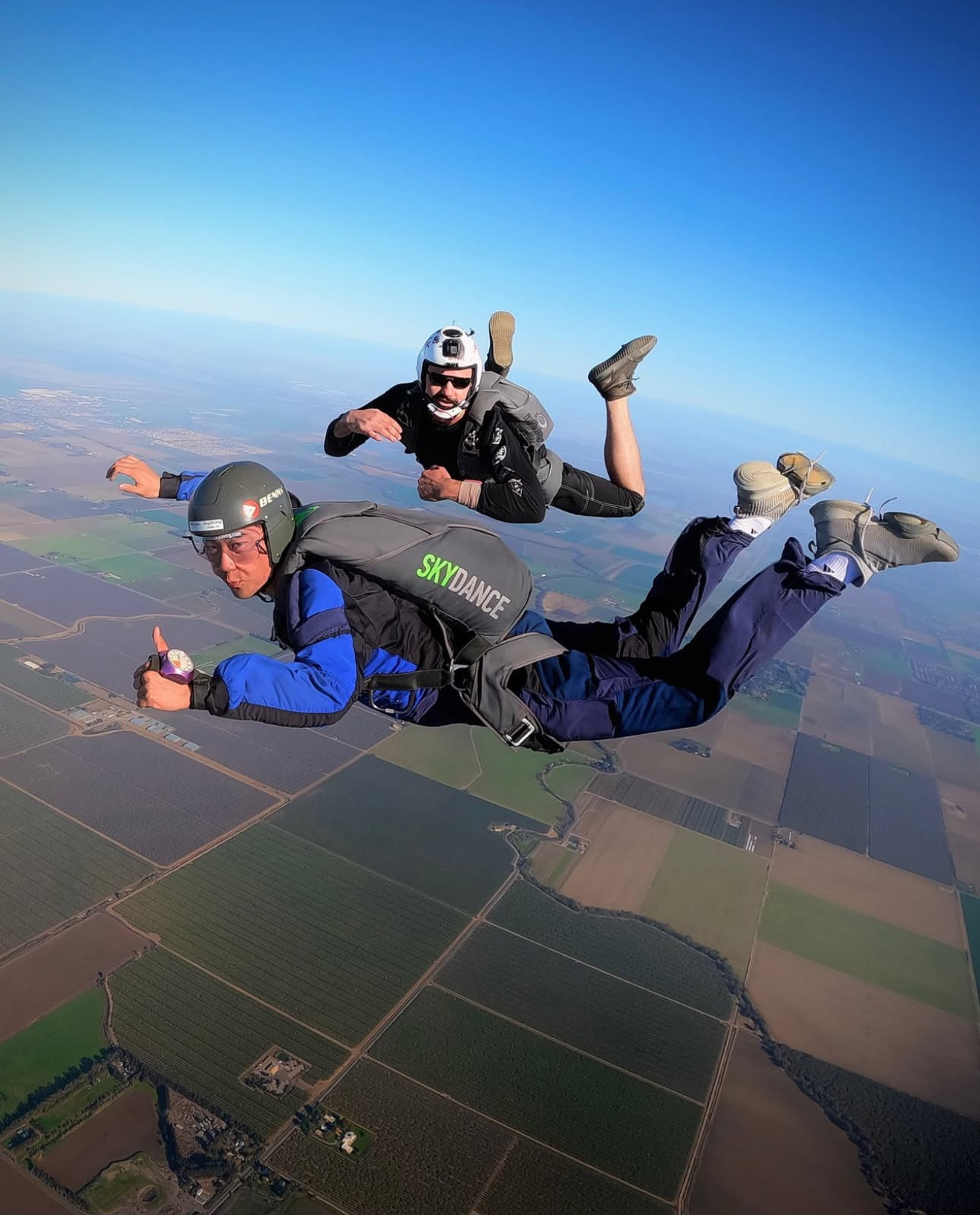
Research is not the only way Li is actively preparing himself for his space-bound future. He has also pursued extracurricular skills that provide necessary training. Scuba diving is a recommended certification for astronauts in training. Li has taken a step further and learned skydiving.
Obtaining a skydiving license and becoming a certified rescue scuba diver with the Professional Association of Diving Instructors have taught him to remain calm, think critically and communicate effectively in high-pressure environments. This is reflective of the high-stress and high-consequence scenarios astronauts may face in space exploration.
“Both skydiving and scuba diving are applicable to the rigors of astronaut training, where you may need to make a life-or-death decision in a split-second while in a high-pressure environment,” said Li.
Li will soon be off to Tanzania to pursue a different high-adrenaline activity — climbing Mount Kilimanjaro, at an elevation of 19,341 feet — before beginning the Master of Science degree program in astronautical engineering at the University of Southern California this fall.
For Li, being in space is his end goal. He has exercised a lot of energy and time to one day accelerate the development of human spaceflight to enable a sustainable human presence beyond Earth orbit. By contributing as an aerospace engineer and eventually as an astronaut, Li hopes to help pave the way for future generations to be on the Moon and Mars.
“I started off by sharing my love for space flight with people all around the world, so as my audience grows, that goal will actually become true."

